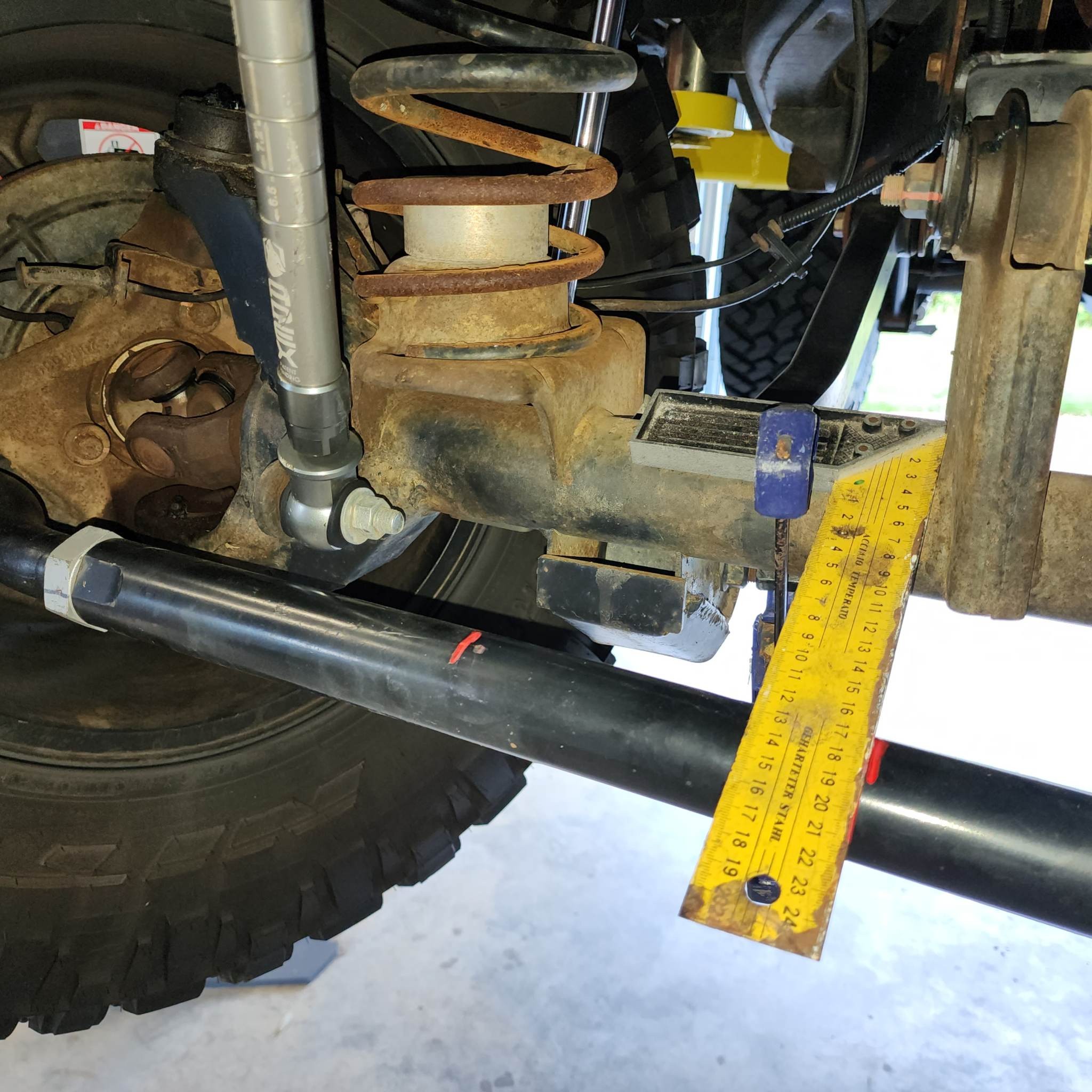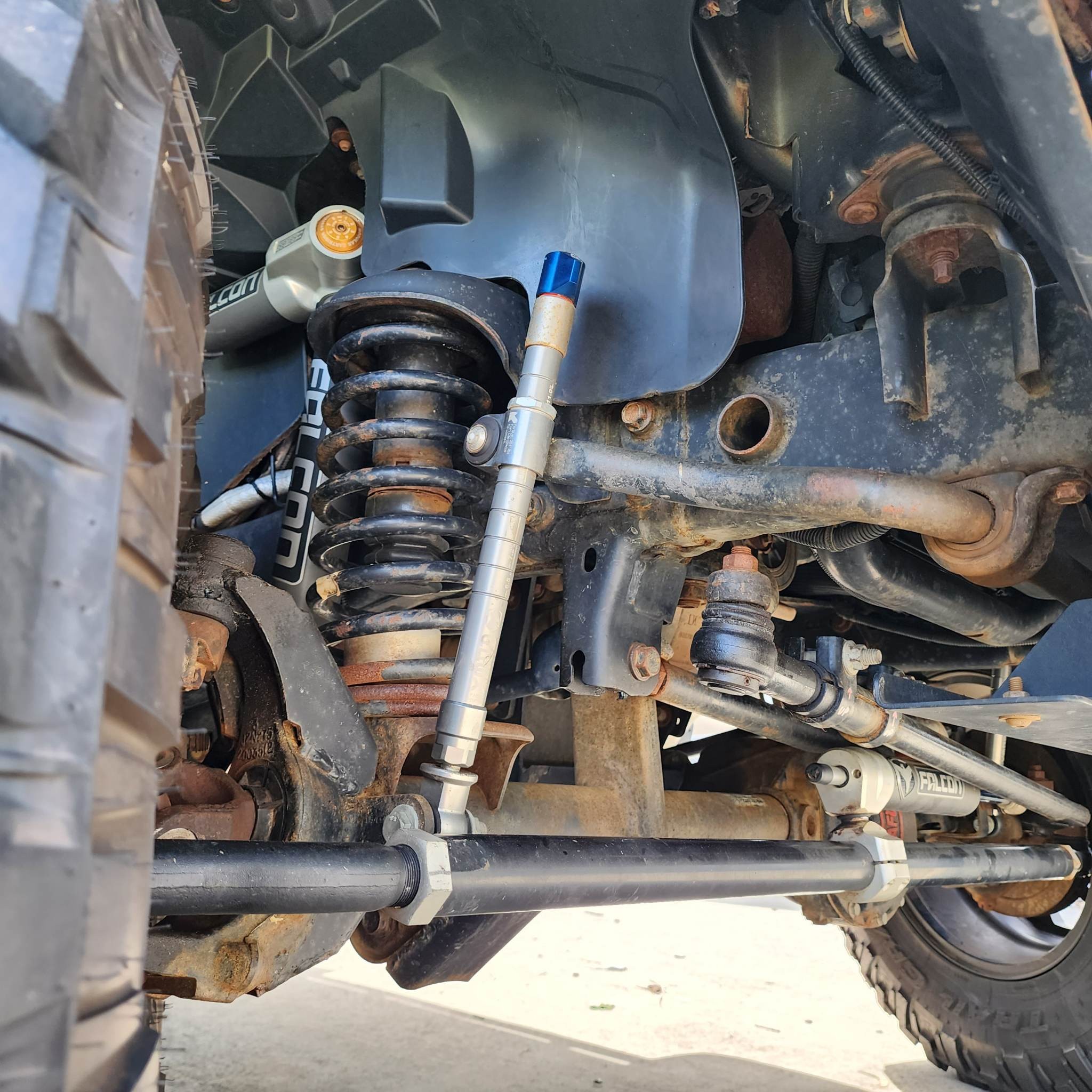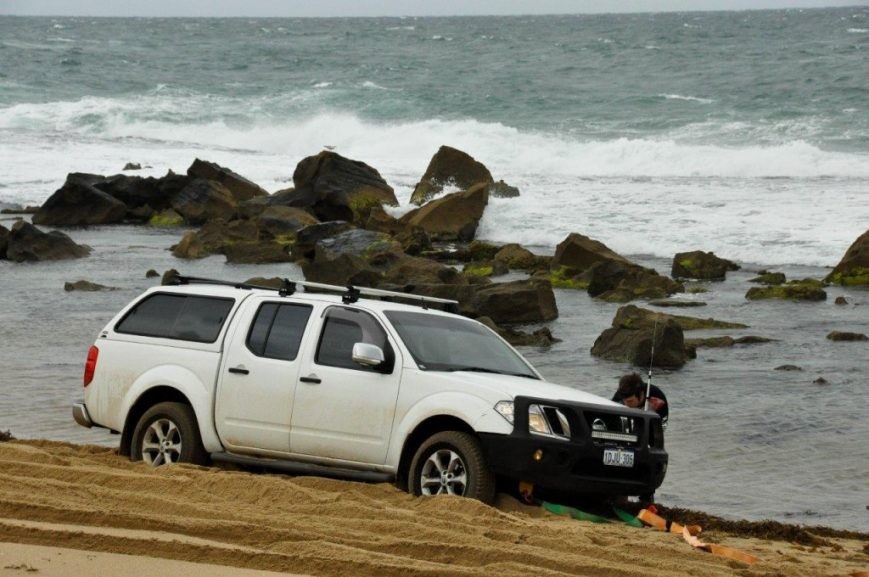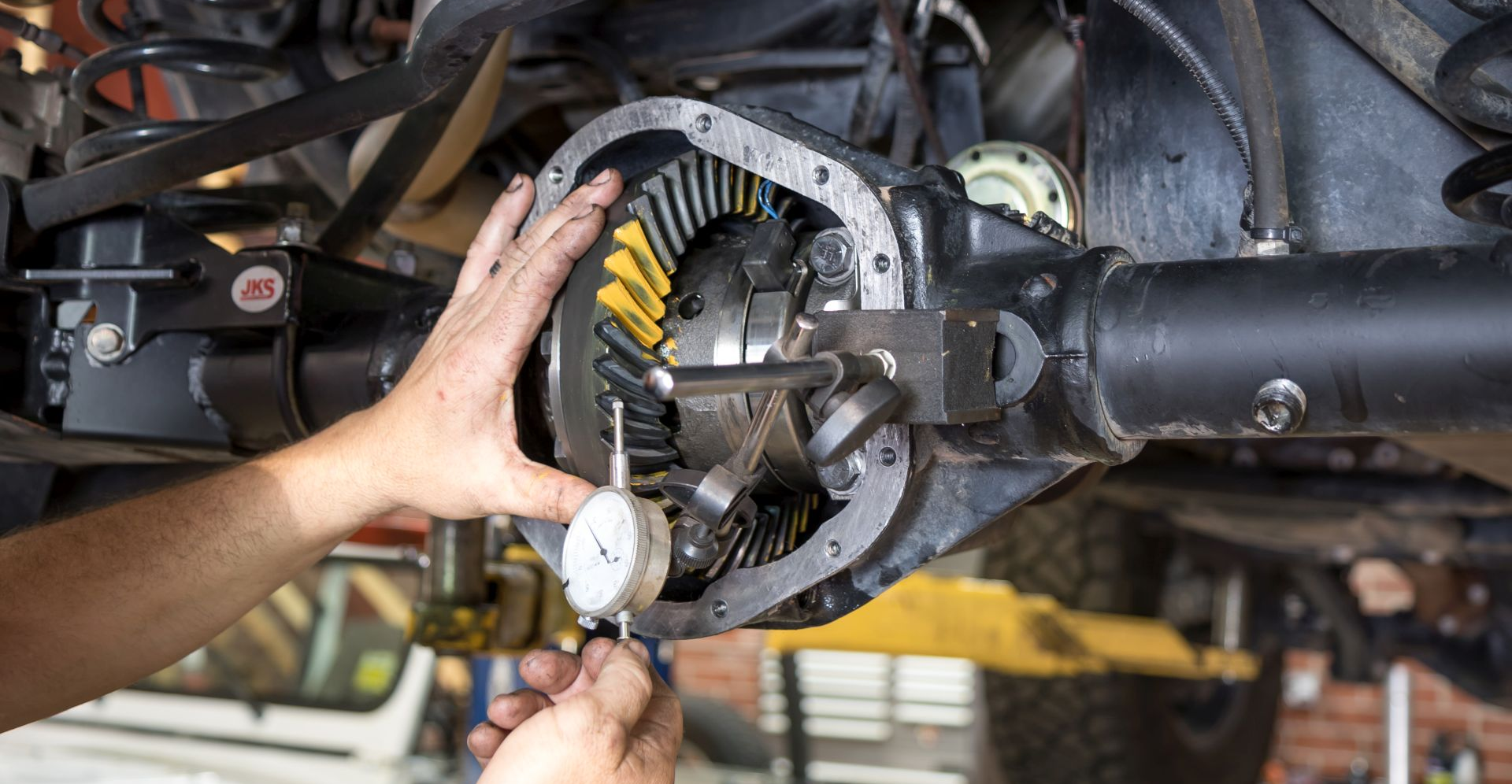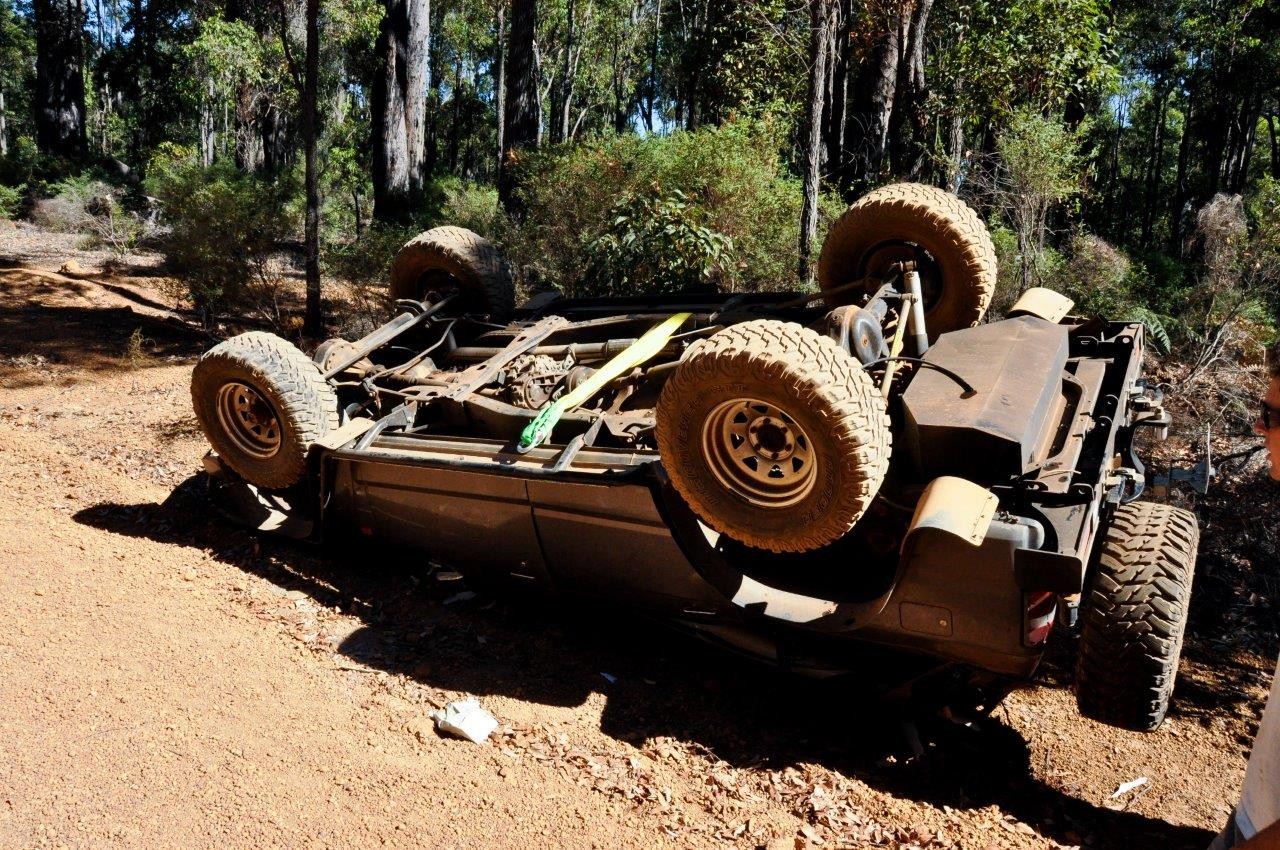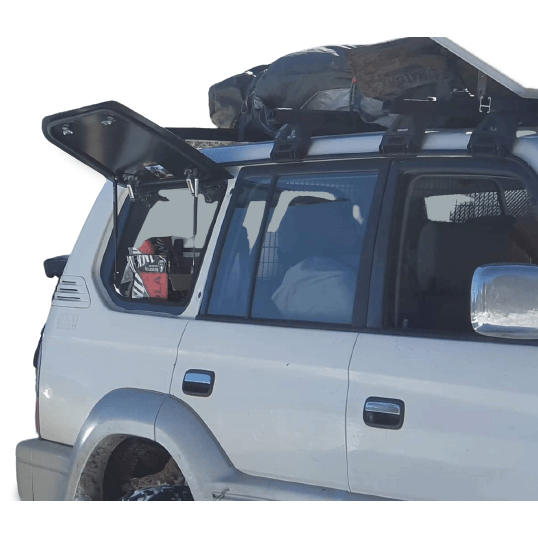How Does A Manual Transmission In Your 4x4 Work?
A few years ago just about every off road vehicle in Australia had a manual gearbox. That’s changing now thanks to some big advances in automatics; most modern 4wds and Utes come with an automatic option, and in fact sometimes it’s the only option you get.
Manuals still have a lot of fans, though. Many experienced off road drivers won’t go near anything else. No matter how good an automatic is, a properly used manual transmission gives you more flexibility – and that can translate into more pulling power when the going gets really tough.
The thing about manual transmissions is that to get the most out of them, you need to have some idea of how they work. That’s unfortunate, because they’re actually incredibly complicated pieces of equipment.
Your transmission, whether it’s manual or automatic, basically controls the way the engine delivers power to the wheels. A very simple drive system would just connect the engine directly to the wheels; to make the wheels turn faster or slower you’d change the engine speed. That doesn’t work too well in practice though. In the real world there are times when you need more pulling power – when you set off from a standing start, for example, or when you’re towing a heavy load. Or when you’re trying to haul yourself through soft mud. The easiest way to deliver more torque is to have more revolutions of the engine for each turn of the wheels.
What a gearbox basically does is let you select the ratio between how fast the engine is turning and how fast the wheels go round. It does that by using three separate shafts. The input shaft is turned by the engine; the output shaft carries power to the wheels, and is in line with the input shaft but usually not connected to it. Parallel to these is the mainshaft.
All three shafts carry gear wheels. The input shaft usually has a constant gear ratio with the mainshaft, so when the engine is turning the mainshaft spins. That’s the easy bit. However both the mainshaft and output shaft have a selection of different-sized gears that give different ratios. The trick is to connect the right gears on these two shafts to give you the ratio you need.
The simplest way to do this is with a sliding mesh system. The gears are free to slide along the shafts, and to select a gear you slide the right two together by moving the gearstick to the correct position. The problem is that there’s a real art to matching the shaft speeds before putting the transmission in gear. Get it wrong and there’s a lot of noise, and possibly damage to the gears. That’s why this style is more often called a clash gearbox.
Modern manual transmissions take a more complicated approach, but it’s simpler for the driver. The mainshaft and output shaft each have a set of wheels, and every set is constantly connected to its mate on the other shaft. The clever bit is that the gears on the output shaft aren’t actually locked to it; the gears spin, but they’re not turning the shaft (or the wheels). To actually use the engine power you have to lock the correct gear to the shaft.
The way this works is really quite ingenious. As well as the gear teeth that mesh with the ones on the mainshaft, each gear also has a second toothed meshing section. This matches the teeth on a hub that is locked to the output shaft, but doesn’t contact the mainshaft at all. But if you slide a collar with internal grooves over both the hub and the meshing section of the gear, they’ll be locked together. And because the hub is locked to the shaft, now the gear is too.
When you move the gearstick in a modern vehicle you’re not actually moving the gears at all. What you’re doing is moving the collars. Select first and the gearbox will move a collar onto the right gear, and the shaft will start to turn.
The one exception to this is usually fourth gear. Because that’s a cruising gear, high speeds are fine. When you change into fourth what most transmissions of is just lock the input and output shafts together. When that happens the mainshaft is just idling – but all the gears are still paired up, spinning away and ready to be locked to the shaft when needed.
If you’re wondering what the clutch does in all this, it’s basically to do with power. If the engine’s applying force to the gears when you try to change, the gears and hubs won’t end up spinning at the same speed – and if they’re not at the same speed the collar can’t slide over them both. The clutch is basically a connector in the input shaft before it reaches the gearbox; a friction plate on the shaft is held against a flywheel spun by the engine, and the friction keeps the shaft spinning. When you drop the pedal the plate breaks contact with the flywheel, so the engine power is just spinning the flywheel.
Watching an animation of a gearbox in action is fascinating. It can also make your brain hurt because there’s so much clever stuff going on, but if you want to get peak performance from your vehicle it’s all handy stuff to know.

